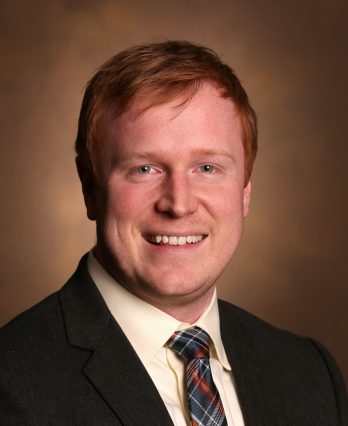The adenoids typically don’t cause problems for adults but can prompt breathing issues and infections for kids.
The adenoids are a small body part that can cause big issues for children. Here’s a look at what they are and how to help your child.
Where are they and what can go wrong?
The adenoids are a clump of tissue that sits at the very back of the nose, right between the openings of the Eustachian tubes. Another way to think about them: Imagine if you could shrink yourself so that you fit inside the mouth. If you walked to the very back of the tongue, ducked underneath the uvula, which hangs down at the back of the soft palate, and looked straight up, you’d see the adenoids hanging above you.
Adenoids are made of lymphoid tissue, similar to the lymph nodes elsewhere in the body. As we age into adulthood, the adenoids typically shrink and do not often cause problems. However, in children, who are newly exposed to viruses, environmental irritants and allergens, the adenoids can grow quite large and become a problem. If your pediatrician has concerns, he or she may recommend seeing an ear, nose and throat specialist. The ENT will assess whether they should be removed in a procedure called an adenoidectomy.
What are the reasons to have adenoidectomy?
The most common reasons the adenoids are removed are they have gotten so large they are blocking breathing through the nose or because they are frequently infected. Children may have constant stuffy noses, frequent or persistent nasal drainage, or snoring. Parents may note that a child is always breathing through his mouth. The child may have associated allergy symptoms, such as sneezing or itchy eyes. Nasal sprays like nasal saline or a nasal steroid have been shown to shrink adenoid tissue to some degree, so parents can try them before surgery is recommended.
Chronically infected adenoids also may become enlarged and cause nasal irritation or problems with nasal sinuses. If a child is diagnosed with frequent sinus infections, adenoidectomy may improve symptoms.
Interestingly, large adenoids can also cause problems with the ears. This is because of the proximity to the Eustachian tubes (the connection between the nose and the ears which allows you to “pop” your ears). If the adenoids block the Eustachian tubes, fluid can collect in the middle ear leading to frequent ear infections. Adenoidectomy may be performed with ear tube placement if there are also concerns for nasal symptoms, which may be causing the ear problems.
Sometimes the adenoids are enlarged by themselves, or a child is too young to have tonsillectomy. In these cases, the ear, nose, and throat doctor may perform a scope exam or get an X-ray to confirm that the adenoids are so big that they are stopping up the back of the nose.
How is adenoidectomy performed?
Because the adenoids are way back in the back of the nose, believe it or not, the easiest way to get to them is to go through the mouth. A surgeon uses an instrument to open the mouth very wide, pulls the soft palate forward and uses a mirror to look up at the top of the throat. Various instruments can then be used to remove the adenoid tissue. It can be cauterized and suctioned away, scraped off or shaved away.
What are the risks of surgery?
In an otherwise healthy child, adenoidectomy is a very routine and safe procedure. Children are very often able to go home the same day. Still, there are important risks that parents need to know:
- Bleeding can rarely occur. This may lead to nose bleeds or spitting up blood. Patients must return to the operating room in fewer than 1 percent of cases.
- Voice changes can occur as too much air comes through the nose when trying to make certain sounds. This can make the child’s speech less intelligible. The surgeon will check to make sure that the palate is normal before removing the adenoids to minimize this risk.
- Because of the way they are removed, where the base is often left, the adenoids can sometimes regrow and need to be removed again.
- Rarely, there can be scar formation in the back of the nose or irritation of the spinal column, leading to neck stiffness.
This post was written by James Phillips, M.D., an assistant professor with the department of otolaryngology at Vanderbilt. Phillips, who grew up in Knoxville, Tennessee, attended undergraduate school at Vanderbilt University and then stayed at Vanderbilt for medical school. He received residency training in otolaryngology at the University of Alabama Birmingham and then completed a fellowship in pediatric otolaryngology in Little Rock, Arkansas.

Vanderbilt’s Children’s After-Hours Clinics offer the convenience of a walk-in clinic with care provided by a board-certified pediatrician from Children’s Hospital. No appointment is necessary, but we recommend calling your pediatrician first. Learn more about services and find locations for Children’s Hospital After Hours Clinic locations.


